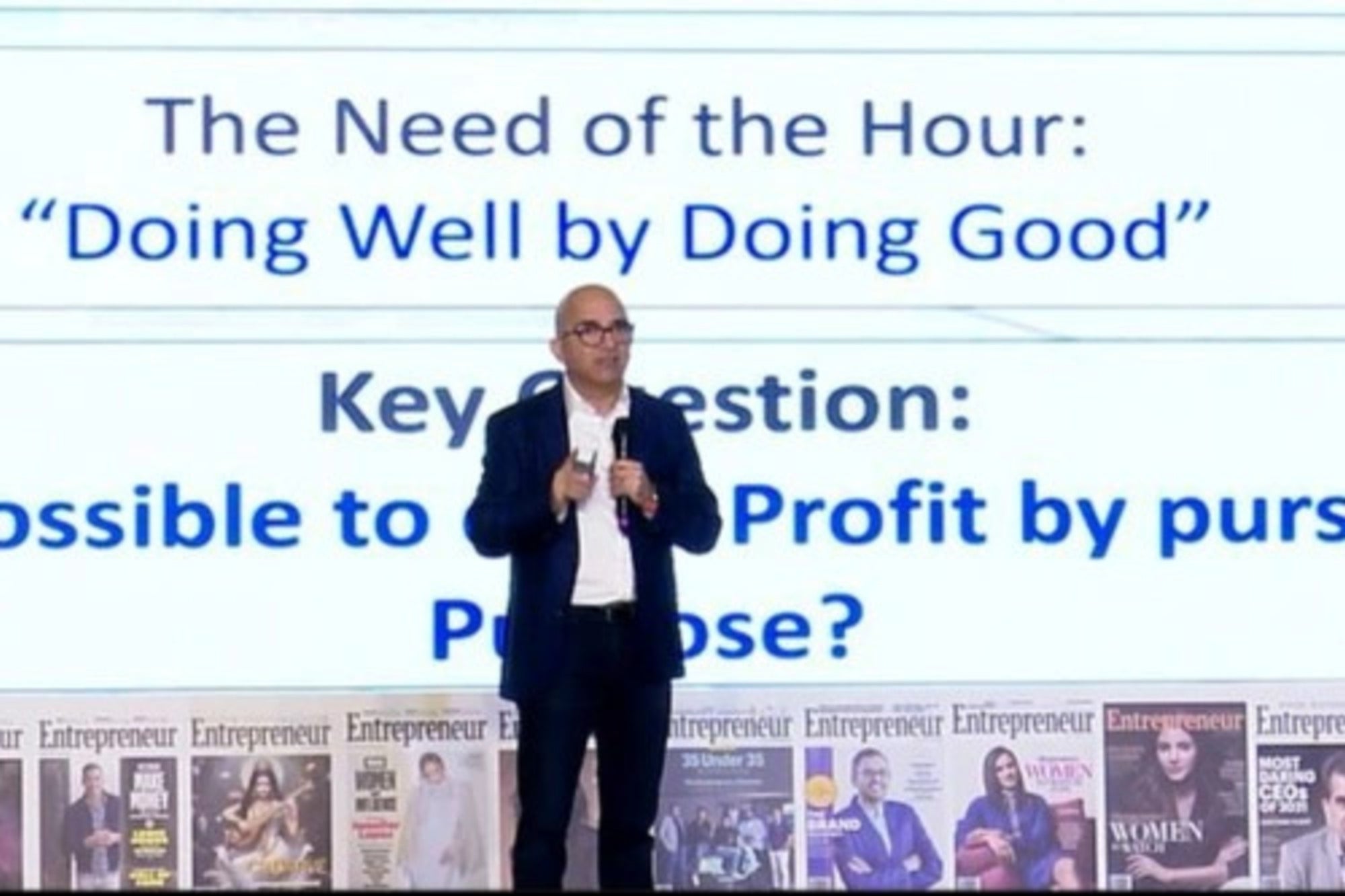The Wisdom of the Crowd A group collectively makes smarter and better decisions
Opinions expressed by Entrepreneur contributors are their own.
You're reading Entrepreneur Asia Pacific, an international franchise of Entrepreneur Media.

Wisdom of the crowd, credited to Aristotle's theory of collective judgement, is a well-established principle. The core premise is a group of people collectively make smarter and better decisions, in comparison to the individual experts. Plenty of examples are available around us—Wikipedia, stock market, Google navigation, user rating on websites like Amazon, AirBnB and, of course, those most-dreaded business meetings (when it works).
The theory of collective judgment is a useful tool for problem-solving, decision making and predicting. Could the concept be extended to the physical assets? How does one car behave in relation to 5,000 cars? Can a machine learn from another in solving a never encountered problem? How can one city learn from the other on disaster planning? Let's find out.
The Digital Twin Aggregate
In this previous article, we briefly discussed the concept of Digital Twin Aggregates (DTA), as part of the larger Digital Twin Environment (DTE).
"Digital Twin Aggregate is an aggregate of many DTIs (Digital Twin Instances). The DTIs may be co-located within one entity (e.g., 100 motors in a single factory) or across entities (e.g.,100 motors across 25 factories). The purpose of DTA? It is well-established a group behavior is not the sum of individual behavior. Likewise, in the future, DTAs might reveal unknown and unexpected insights."
DTAs are central to implementing and benefiting from the wisdom of the crowd—an avenue of opportunity opening up for the OEM (original equipment manufacturers), suppliers and the buyers.
As we tread the path, many questions relating to data privacy, security and custody, business viability of the OTAs, cost and revenue sharing will be encountered and need to be solved. Stakeholders will be critically examining the above aspects and more, when the time is ripe. Side-stepping those, let's look at the three critical technologies required to enable OTAs.
Edge Computing: The Info-wall
With edge computing, the edge nodes (or the leaves) are equipped with computing and processing capabilities, thereby enabling the edges to make certain independent decisions, without reliance on a central server. In the context of DTAs, edge nodes will be critical to meet three purposes:
Data privacy and security: The primary concern enterprises (or the individuals) face while sharing data is of privacy and security. By establishing common standards and guidelines, enterprises will be able to obfuscate the information exchanged, without compromising their sensitivity.
Bandwidth reduction: By building intelligence into the edges, enterprises can optimize the volume and the quantity of operational data exchanged
Localized decisions: In the areas where connectivity is unreliable, edges can be empowered to take critical decisions, instead of awaiting directions from the central servers.
Cloud Computing: The Oracle
Cloud computing needs no introduction. Cloud will be the ideal platform to host the DTAs—the body-of-knowledge for the inter-company and intra-company DTIs. By providing access rights and privileges (ideally on a blockchain substrate) to the stakeholders, a variety of diagnostics and prognostics can be enabled on the body-of-knowledge.
Transfer Learning: The Teacher
Today, using deep learning techniques, algorithms are teaching and learning from each other. Initiatives are on to leverage the transfer of knowledge across neurons i.e., take the knowledge from a particular neuron and teach to another neuron.
The concept of transfer learning will serve well to leverage the wisdom of the crowd. For instance, one factory in Shanghai could learn from another in Munich; an aircraft carrier can teach a submarine to navigate the Mariana trench; Singapore can teach Bengaluru on traffic management.
Author Nassim Taleb encapsulates the beauty of the collective as: Groups are units of their own. There are qualitative differences between a group of ten and a group of, say, 395,435. Each is a different animal.
It is said, 90 per cent of data created were done in the past few years. Yet, we have just scratched the surface. With the proliferation of IoT devices and the data we gather from the world, new meanings and insights are set to emerge, from the wisdom of the crowd.













